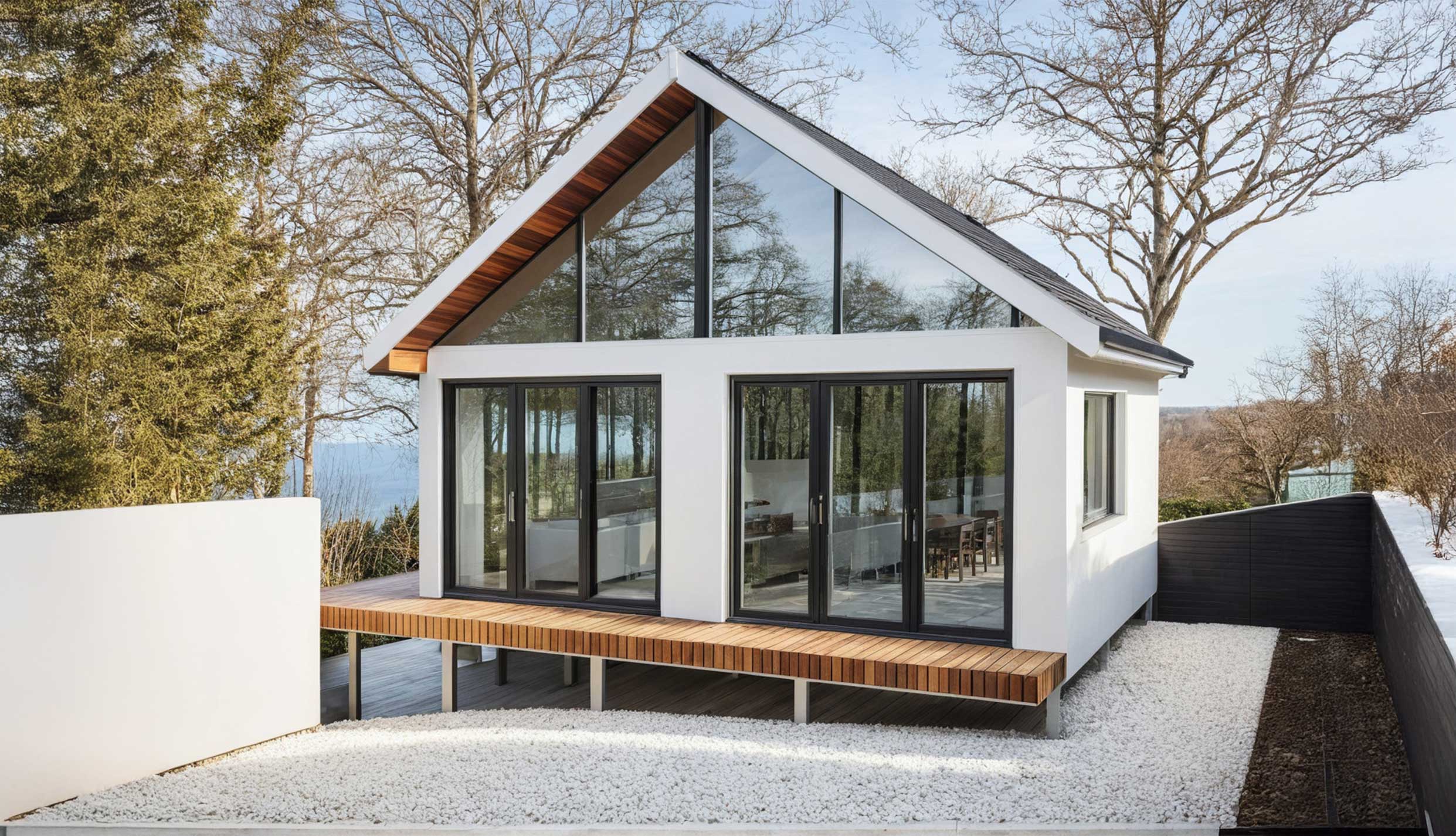Do I Need a Building Consent for my Home Renovation?



Nathan Strawbridge
Director
It’s not obvious to everyone, but when renovating your home there are certain signs that indicate you'll need a building consent.
Want to extend your two-bedroom home to accommodate a growing family? Want to add a 'granny flat' with an additional bathroom and kitchenette? You'll need a building consent.
Are you repainting your spare room to a soft pink colour to accommodate a pending child? Then, go at it; no building consent is required.
What is a building consent?
A building consent is actually fairly straightforward. It is formal permission issued by your local building authority that your proposed renovation is okay to be built and meets the local requirements for performance, safety and function.
When do I need building consent?
It can be frustrating for those who don’t have the experience or exposure to determine when a building consent is required – especially when some changes seem minor.
Ultimately the building consent process ensures that there is a minimum level of performance and function, but there are some grey areas. So it’s worth your effort to understand when these rules apply.
Renovations that don’t need a building consent
In general, cosmetic changes like painting and decorating won't require a building consent.
Minor changes to electrical fittings (like installing a pendant light) also won't trigger the need for a building consent as long as you are using a qualified professional, which is great! You will be able to proceed with your renovation project unhindered by compliance costs associated with the council.
Renovations that will likely need a building consent
Renovations requiring structural changes or elements affecting safety or building performance will demand a building consent.
For example:
- Addition of windows in dark bedrooms
- Changing the cladding of your building
- Converting your garage to a new room for the house
Obtaining a building consent ensures that the materials and design will perform to the expected standard, ensuring your family (and investment) is protected well into the future.
Regarding building consent, it's not worth taking shortcuts by avoiding the small fee for work registration with the council. If you do, you'll run into problems if you sell your home in the future and the purchaser discovers your home isn't fully compliant with council requirements.
What are the grey areas?
The most common grey area is bathroom renovations and upgrades.
Any cosmetic changes such as painting, tiling additional areas, or changing a light fitting would be considered minor and, therefore, not require a building consent.
But what about something more complicated, like a new shower? If you are doing a like-for-like change, using a licensed building practitioner to carry out the work should be sufficient and not require a building consent. However, not all showers are created equal. Let's say you want to go from an acrylic-lined shower to a tiled walk-in shower. This is where the waters get muddied (pun intended). When you go from one type of shower to another that requires different plumbing, you may need consent to ensure the work is done professionally and there are no leaks.
Another good example of a grey area is cladding replacement. Generally, like-for-like replacement shouldn't require a building consent; however, if your building has been identified as a leaky building, you will need a building consent. This is so that any damage that a leaky home may create gets fully rectified and ensures the same mistakes aren't repeated.
Ultimately, if you are still determining if you need a building consent, it's best to engage with a professional builder. Once they understand what you have in mind, they can help you achieve your renovation dream without feeling out of control or needing clarification about whether you need a building consent.
Feel free to chat with us about your needs; we're happy to help.





.jpg)